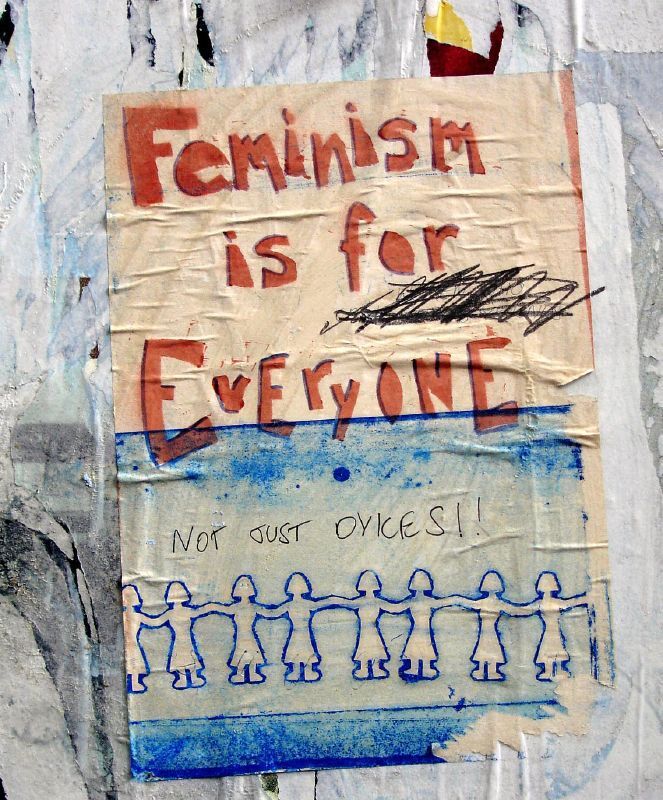The differences between TERF feminism and fourth-wave feminism
September 8, 2020
The concept of the stereotypical bangs, blogs that cover the subject matter and J.K. Rowling’s controversial tweets is associated with what TERF feminism is and how it has become prevalent due to social media and politics.
The term TERF is an acronym for trans-exclusionary radical feminists. This has been used to describe cisgender feminist women who believe transgender women are not real women, according to Gender Justice. The term was popularized in the 2000s by blogger and freelance writer Viv Smythe, but the views of TERFs have been around for decades.
Not all TERFs have the same opinions for every issue, the vast amount believe the acceptance of transgender women into the feminist community abandons the foundation of feminism. They are opposed to transgender rights legislation and exclude trans women from female spaces, according to The Conversation. Though “feminist” is in the TERF acronym, TERF opponents believe these have not aligned with mainstream feminism.
“Our understanding of feminism (as staff at the Sloss Center) and our use of gender equity includes and extends to the trans community and to anyone with identities beyond the binary,” said Ruxandra Looft, director of the Margaret Sloss Center for Women and Gender Equity.
TERF views are held by a minority of feminists, according to Vox. This is especially true today during the fourth wave of feminism. The fourth wave started around 2012 with a focus on empowerment and intersectionality.
The predecessors to the fourth wave developed from differences regarding the most effective way to free women from sexist oppression. The second wave of feminism also had “gender critical” feminists comparable to TERFs, according to The Advocate. These women threatened violence toward trans women in female and lesbian spaces. With each wave, further layers of injustice have been uncovered.
Today, TERF ideologies can be controversial and have even been called “transmisogynistic,” since their views are only against trans women, not trans men.
“Anti-trans activists” who have been called a TERF have claimed it is a new slur, comparable to the issue with the “Karen” meme. TERFs who are offended by this term claim it is a “women hating” acronym and it is rooted in misogyny. Other opposition discusses how TERF was initially a legitimate term but developed into a baseless insult toward women, according to The Gay and Lesbian Review Worldwide.
TERFism has become more mainstream in Britain, according to the New York Times, but their popularity is not limited to Europe. Though there has been no reported activity of self-proclaimed TERF groups on Iowa State’s campus, their narratives are still present.
“We have experienced chalking outside of the Sloss House with transphobic messages in response to our gender inclusive programming,” Looft said, “but that’s always been anonymous and not coming from groups calling themselves TERF feminists to my knowledge.”
Looft explained the Sloss Center supports students of all genders and identities looking for community, so instances like transphobic chalking can be harmful. She said she personally had fled from a homophobic cultural past and has had to face responses from her community on her identity.
“Homophobic and transphobic messages from groups that deny the humanity and dignity of others will no doubt impact LGBTQIA+ students’ sense of belonging and safety on campus,” Looft said.
Looft also explained it is important for students to feel welcome and safe at Iowa State. TERF feminism may push the feeling of security, and students should be aware of TERF ideologies on campus.
The Margaret Sloss Center for Women and Gender Equity is available for students and faculty to virtually use their resources, information and staff to get in contact with.







